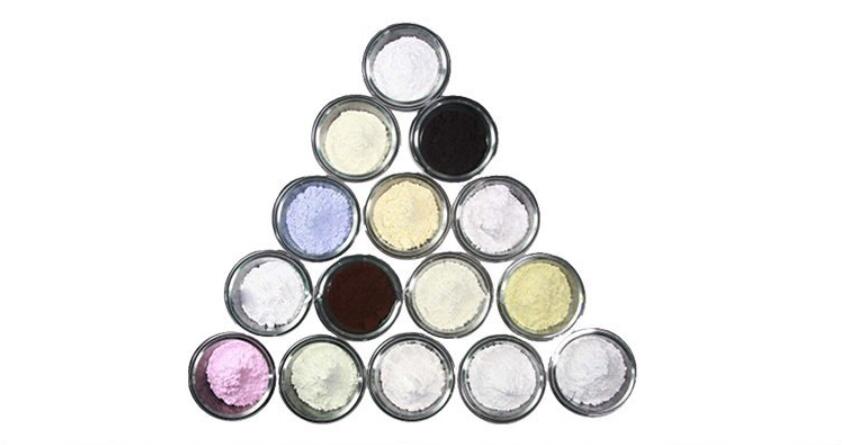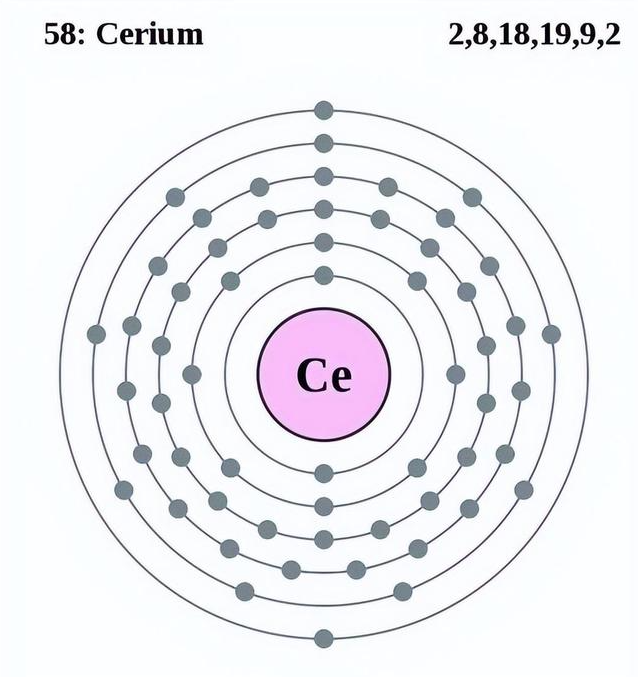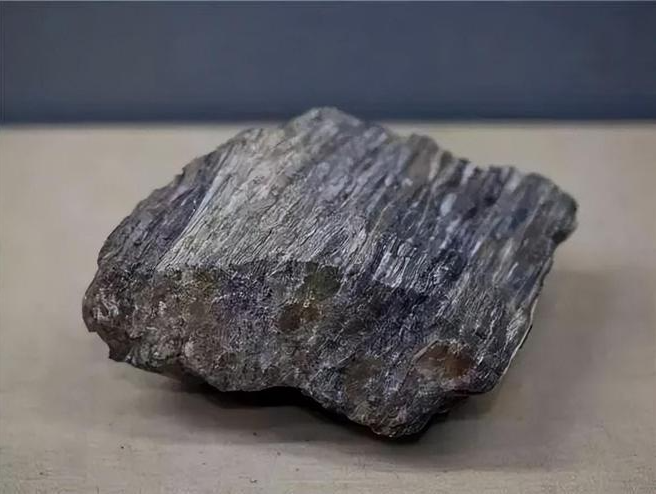China once wanted to restrict rare earth exports, but was boycotted by various countries. Why is it not feasible?

In the modern world, with the acceleration of global integration, the connections between countries are becoming increasingly close. Under a calm surface, the relationship between countries is not as simple as it appears. They cooperate and compete.
In this situation, war is no longer the best way to resolve differences and disputes between countries. In many cases, some countries engage in invisible wars with other countries by restricting the export of specific resources or implementing economic policies through economic means to achieve their goals.
Therefore, controlling resources means controlling a certain degree of initiative, and the more important and irreplaceable the resources at hand, the greater the initiative. Nowadays, rare earth is one of the important strategic resources in the world, and China is also a major rare earth country.
When the United States wanted to import rare earths from Mongolia, it had wanted to secretly join forces with Mongolia to bypass China, but Mongolia demanded that it “must negotiate with China”. What exactly happened?
As an industrial vitamin, the so-called “rare earth” is not the name for specific mineral resources such as “coal”, “iron”, “copper”, but a general term for mineral elements with similar properties. The earliest rare earth element yttrium can be traced back to the 1700s. The last element, promethium, existed for a long time, but it was not until 1945 that promethium was discovered through the nuclear fission of uranium. Until 1972, natural promethium was discovered in uranium.
The origin of the name “rare earth” is actually related to the technological limitations at that time. The rare earth element has high oxygen affinity, is easy to oxidize, and does not dissolve when it enters water, which is somewhat similar to the properties of soil. In addition, due to the limitations of science and technology at that time, it was difficult to detect the location of rare earth minerals and purify the discovered rare earth substances. Therefore, researchers spent more than 200 years collecting 17 elements.
It is precisely because rare earths possess these “precious” and “earth like” properties that they are referred to as “rare earth” in foreign countries and translated as “rare earth” in China. In fact, although the production of so-called rare earth elements is limited, they are mainly influenced by mining and refining technologies, and may not only exist in small quantities on Earth. Nowadays, when expressing the quantity of natural elements, the concept of “abundance” is generally used.

Cerium is a rare earth element that accounts for 0.0046% of the Earth’s crust, ranking 25th, followed by copper at 0.01%. Although it is small, considering the entire Earth, this is a considerable amount. The name rare earth contains 17 elements, which can be divided into light, medium, and heavy elements based on their types. Different types of rare earths have different uses and prices.
Light rare earths account for a large proportion of the total rare earth content and are mainly used in functional materials and terminal applications. Among them, the development investment in magnetic materials accounts for 42%, with the strongest momentum. The price of light rare earths is relatively low. Heavy rare earths play an important role in irreplaceable fields such as military and aerospace. This can make a qualitative leap in weapon and machine manufacturing, with better stability and durability. Currently, there are almost no materials that can replace these rare earth elements, making them more expensive. The use of rare earth materials in new energy vehicles can improve the vehicle’s energy conversion rate and reduce power consumption. Using East Rare Earth materials for wind power generation can extend the lifespan of generators, improve the conversion efficiency from wind energy to electricity, and reduce equipment maintenance costs. If rare earth substances are used as weapons, the attack range of the weapon will expand and its defense will improve.
The American m1a1 Main battle tank added with rare earth elements can withstand more than 70% of the impact than ordinary tanks, and the aiming distance has been doubled, greatly improving the combat effectiveness. Therefore, rare earths are indispensable strategic resources for both production and military purposes.
Due to all these factors, the more rare earth resources a country has, the better. Therefore, even if the United States has 1.8 million tons of rare earth resources, it still chooses to import. Another important reason is that the mining of rare earth minerals can cause serious environmental pollution.
The rare earth minerals mined are usually refined by reacting with organic chemical solvents or high-temperature smelting. During this process, a large amount of exhaust gas and wastewater will be generated. If not properly treated, the fluoride content in the surrounding water will exceed the standard, posing a great threat to the health and death of residents.

Since rare earths are so precious, why not ban exports? Actually, this is an unrealistic idea. China is rich in rare earth resources, ranking first in the world, but it is by no means a monopoly. Prohibiting exports does not completely solve the problem.
Other countries also have a considerable amount of rare earth reserves and are actively seeking other resources to replace them, so this is not a long-term solution. In addition, our style of action has always been committed to the common development of all countries, prohibiting the export of rare earth resources and monopolizing benefits, which is not our Chinese style.
Post time: May-19-2023